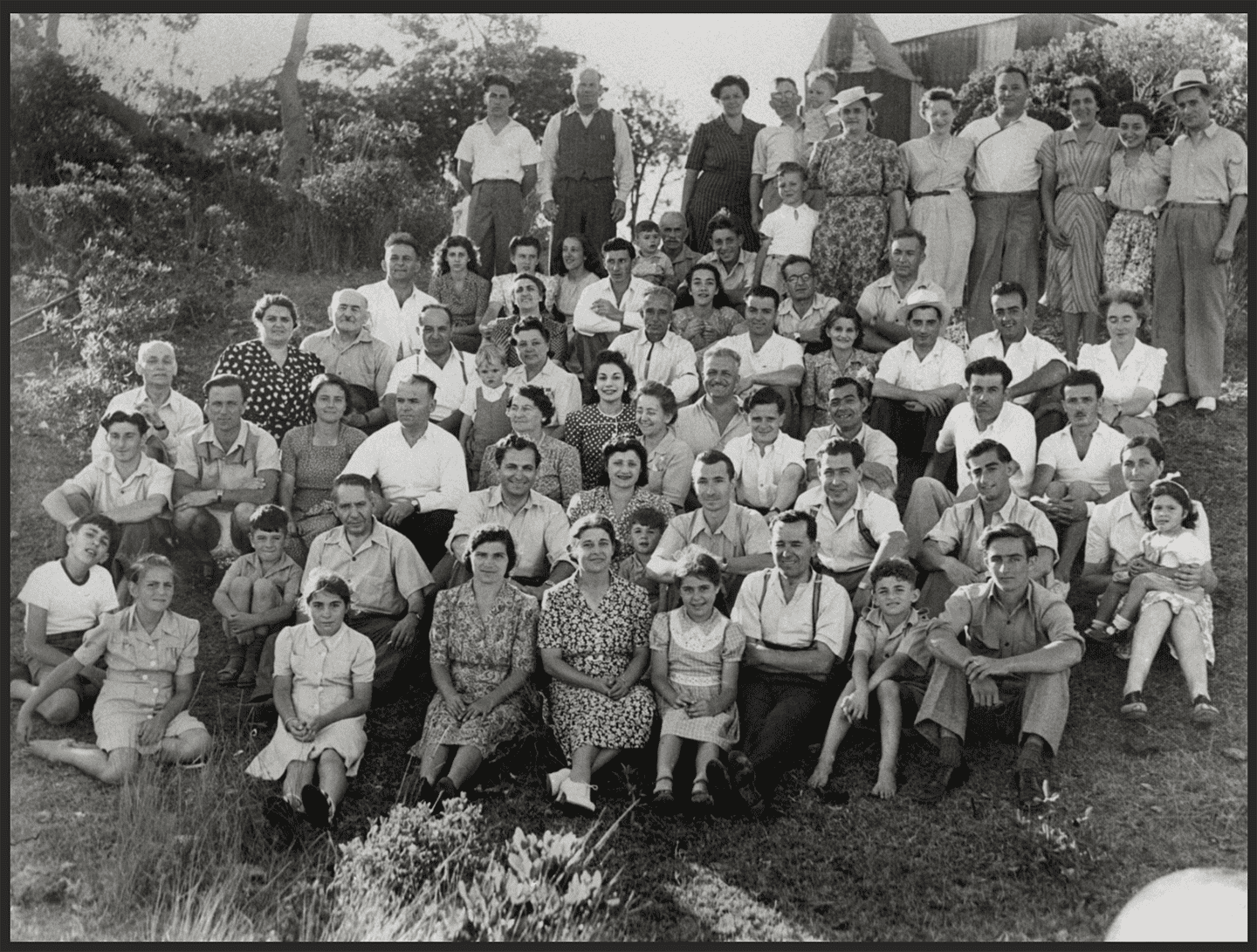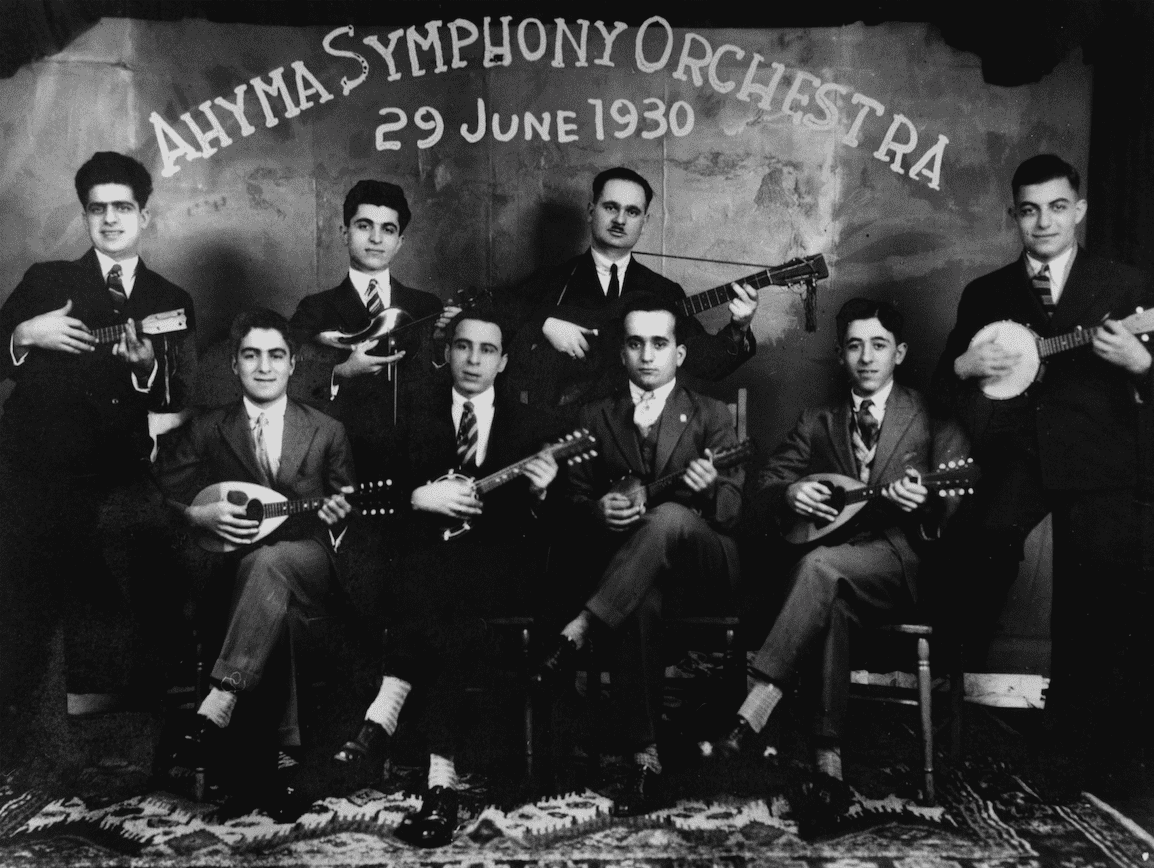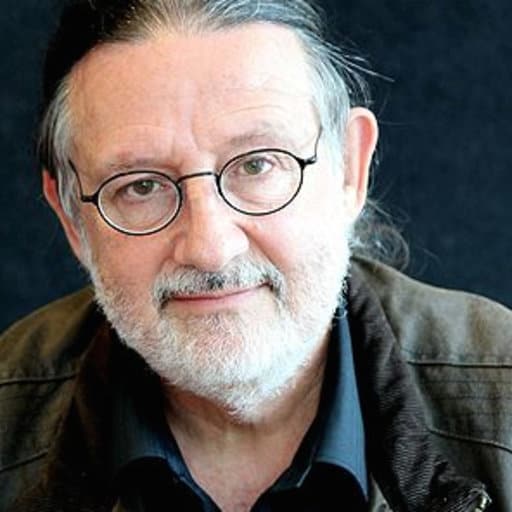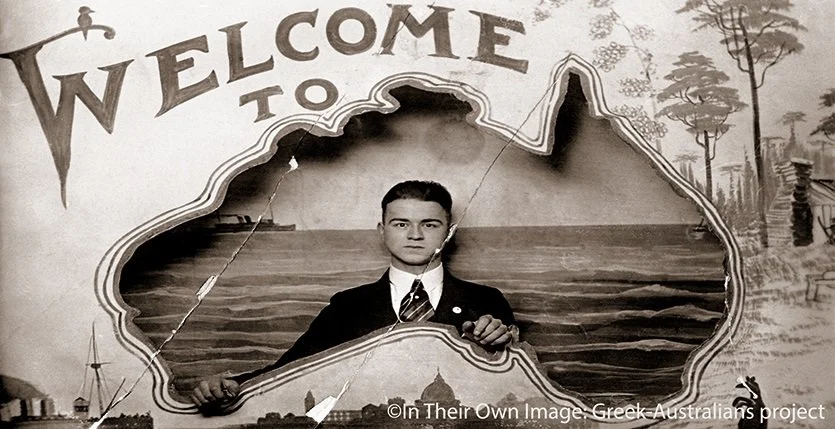Greek City Times is proud to present a weekly historical snapshot
from the archives of the ‘In Their Own Image: Greek Australians’ national project
by photographer Effy Alexakis and historian Leonard Janiszewski.
GREEK-AUSTRALIANS & RECREATION – A HISTORICAL PERSPECTIVE
Recreational activities became a well-established feature of Greek-Australian life during the first-half of the twentieth century, either as an individual pass-time or a family and community affair. Collective activities reinforced a secure sense of shared ethnicity and belonging whilst navigating the economic and socio-cultural landscape of the broader Australian society.

An important feature of Newcastle’s Greek-Australian recreational life since the early 1930s has been the organising of large picnics – principally Ithacan or Greek community affairs, but also open to non-Greek friends. Maria Waters (née Morris [Montiadis]) recalls: “We often went on picnics – Greek picnics on Sundays. We would collect seafoods… feast, dance and enjoy the day”. Newcastle’s Greek Brotherhood’s annual picnic became such a broadly attended social affair, that in 1938 the ‘Newcastle Sun’ reported: “special buses were run to take picnickers from Newcastle… [to] the picnic at Tanilba [Tanilba Bay, just north of Newcastle]… where a sports meeting was held… prizes given… and dancing in the pavilion [undertaken]”. During World War II picnics provided an exceptionally welcomed relief to the constant vicissitudes of the global conflict.

Hunting and fishing were very popular recreational activities for many Greek settlers, particularly those living and working in country regions. Given the rural village existence from which numerous Greeks migrated, such activities were quite familiar. Rabbits and waterfowl were much prized. A day’s hunting or fishing was an activity often shared between male friends and, at times, the whole family. Unfortunately though, some accidents did occur, particularly whilst shooting for game, resulting in injury and worse still, fatalities.
(Note: the authors do not support the killing of wildlife for sport.)

Clifton Gardens on Sydney’s north shore was a popular picnic area during the 1920s for the city’s growing number of Greek residents. The enjoyment of traditional music and dance whilst picnicking were a prominent feature of Greek-Australian life.
The gentleman seated in front of the group appears to be holding a traditional Greek ‘gáida’ also known as a ‘tsaboúna’ – a Greek folk wind instrument of the bagpipe family popularly associated with music of the Aegean islands.

The Australian Hellenic Young Men’s Association (AHYMA) was formed in Perth in 1930. Such socio-cultural groups, either gender-based or mixed, played important roles within Australia’s early Greek communities. They were either Panhellenic organisations or, more popularly, regional associations – Greeks having an exceptionally strong emotional attachment to their region of birth. Their activities ranged from musical entertainment, drama, education, sport, charity work and religious teaching, to the promotion of Hellenic ideals and the encouragement of members to take up Australian citizenship.
Photos: Effy Alexakis
Historical Research: Leonard Janiszewski
© In Their Own Image: Greek-Australians National Project Archives


Since the early 1980s, Effy Alexakis, a photographer, along with historian researcher Leonard Janiszewski, have been travelling around Australia photographing and collecting stories. They have also photographed Greek-Australians in Greece and documented some amazing histories. The images and text provide personal, diverse and powerfully moving insights, about opportunities, hopes and challenges. Collectively, these stories provide personal perspectives of a diasporic Hellenic identity. Their archive encompasses photography, both historical and contemporary, taped interviews and literary materials.
They have published 3 books and numerous articles, and their projects are ongoing. The photographs have been widely exhibited throughout Australia and in Greece.
VISIT THEIR LATEST PROJECT: Greek Cafés & Milk Bars of Australia | Facebook


